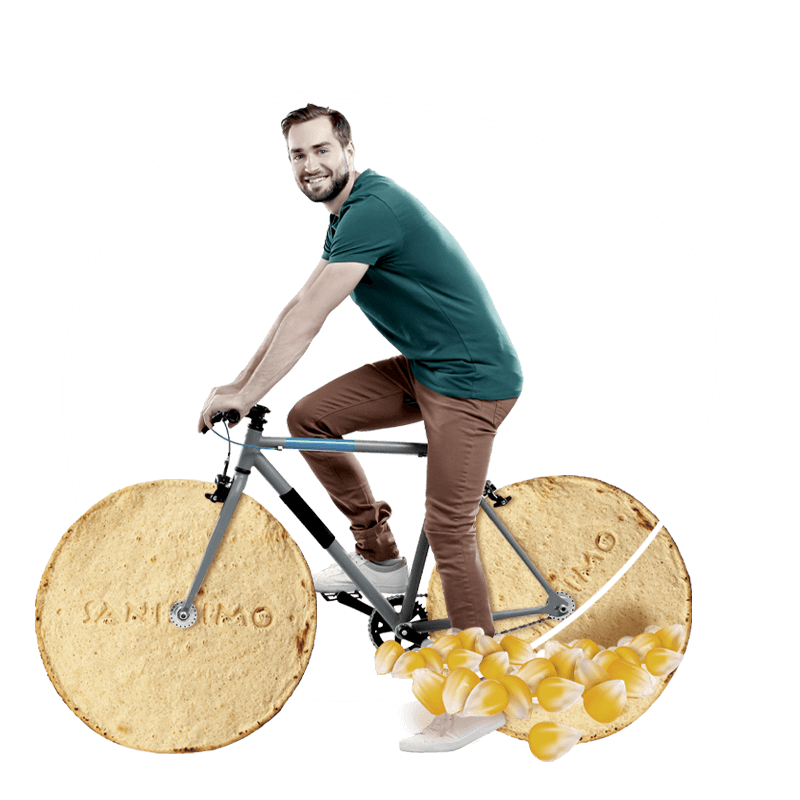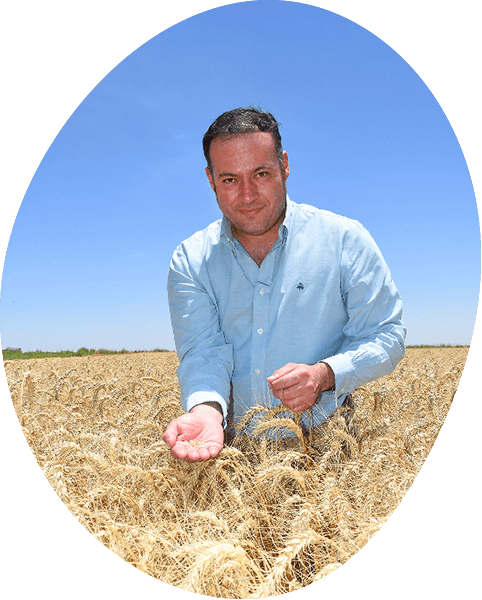AT GRUPO BIMBO, WE WANT TO BE SUSTAINABLE BY DESIGN, WITH THE AMBITION OF BECOMING A 100% REGENERATIVE BUSINESS IN THE FUTURE.
REGENERATIVE AGRICULTURE
According to the Food Agriculture Organization (FAO), 24 billion tons of fertile land are lost annually due to erosion, which puts the nutrition of future generations at risk...
At Grupo Bimbo, we are preparing to respond to this scenario, considering that, by 2050, a planet-friendly diet will be one of the main dietary requirements. This diet is a nutritional plan based on a system that does not destroy the planet while benefiting our health.
86,000
Hectares with regenerative agriculture
Projects
We have advanced in the identification of measurement technologies and expanded our field of research toward new seed varieties that can adapt to different climates.
In conjunction with the International Maize and Wheat Improvement Center (CIMMYT), we completed our fourth cycle, reducing carbon and water footprints and increasing resource efficiency.
Based on the lessons learned in Mexico, we will replicate these practices in Central and South America, working on activities with the ingredients typical of each region.
Wheat in Mexico
This year, we started regenerative agriculture practices in Guanajuato that add to the efforts in Sinaloa and Sonora, with which we have obtained the following achievements:
- +15% productivity in the use of water
- 11,925 Ton CO2e of potential emission reductions by 2022
- 428 farmers trained
- +44,500 Tons of wheat produced
Corn in Mexico
Corn production projects are conducted in the States of Sinaloa and Jalisco and are also on track for:
- +3% productivity in the use of water
- 5,000 Ton CO2e of potential emission reductions by 2022 tradicionales
- 146 farmers trained in 7 events
- +37,200 Ton. corn
Wheat in United States
A. Design of pilot parameters regarding the establishment of KPIs, metrics and data analysis.
B. Building alliances with strategic partners and supply chain stakeholders
C. Development of criteria for the selection of partners in data collection
Pilot
Parameters
Building
alliances
Data
collection















